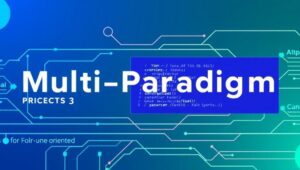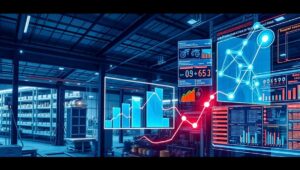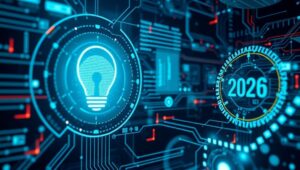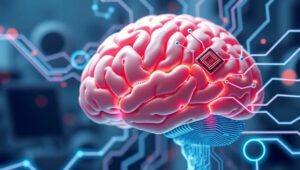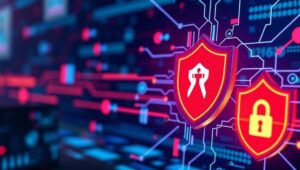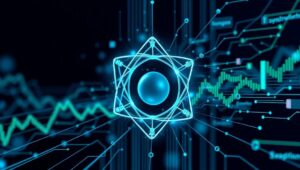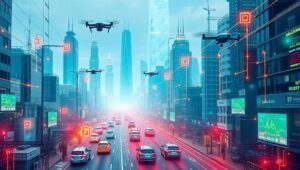May 17, 2025
The Rise of Multi-Paradigm Languages: Flexibility for the Future (2025)
The Rise of Multi-Paradigm Languages: Flexibility for the Future (2025) In the ever-evolving landscape of software development, the choice of programming language can significantly impact project success. While specialized languages have their place, multi-paradigm languages are gaining prominence due to their adaptability and versatility. This article explores the rise of multi-paradigm languages, their benefits, and why they are increasingly favored for future software development. What are Multi-Paradigm Languages? Multi-paradigm languages support multiple programming paradigms, allowing developers to choose the most appropriate style for a given task. These paradigms include: Object-Oriented Programming (OOP): Organizes code into objects with properties and methods.

